1. “Good Vibrations” – The Beach Boys
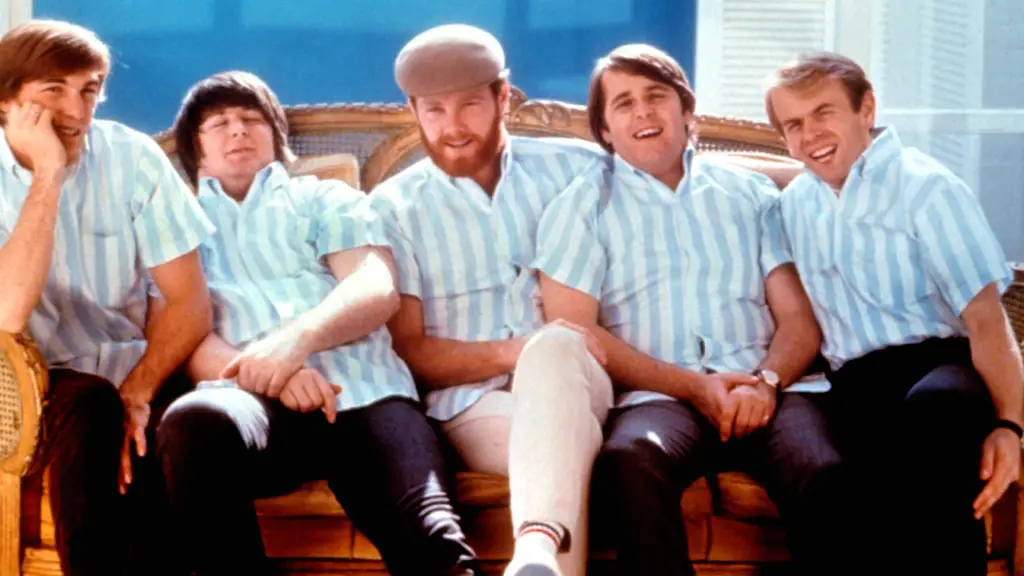
“Good Vibrations” is a song that perfectly captures the experimental spirit of the ’60s. Released in 1966, it wasn’t just a catchy tune but a groundbreaking fusion of pop and psychedelia. The song’s layered harmonies, intricate arrangements, and use of the theremin gave it an otherworldly sound, far beyond what most pop songs of that era were attempting. Brian Wilson’s genius in creating a sonic masterpiece that pushed the boundaries of studio production set this song apart from everything else on the radio at the time.
Even decades later, “Good Vibrations” remains one of the most innovative pop songs ever recorded. Its influence can still be heard in the music of modern artists, and its ability to transcend time proves just how ahead of its time it truly was. The track’s intricate production and experimental use of instruments made it feel fresh and new even in the context of the ’60s. It’s no wonder that it continues to be a touchstone for music lovers and musicians alike.
2. “A Day in the Life” – The Beatles

“A Day in the Life,” the final track of Sgt. Pepper’s Lonely Hearts Club Band (1967), marked a bold leap in musical composition. The Beatles pushed their creativity to the limits with this one, blending rock, classical, and avant-garde elements in a way that was completely unprecedented. The song’s structure, with its sudden shifts in mood and sweeping orchestral arrangements, demonstrated how rock music could evolve into something much more sophisticated and cinematic.
Even more impressive is how timeless “A Day in the Life” remains. With its mix of acoustic and electric elements, it’s a reflection of the band’s innovative approach to both songwriting and studio production. This song not only showcased the experimental side of the Beatles but also set a blueprint for future artists to explore the boundaries of music in ways that had never been imagined before.
3. “For What It’s Worth” – Buffalo Springfield
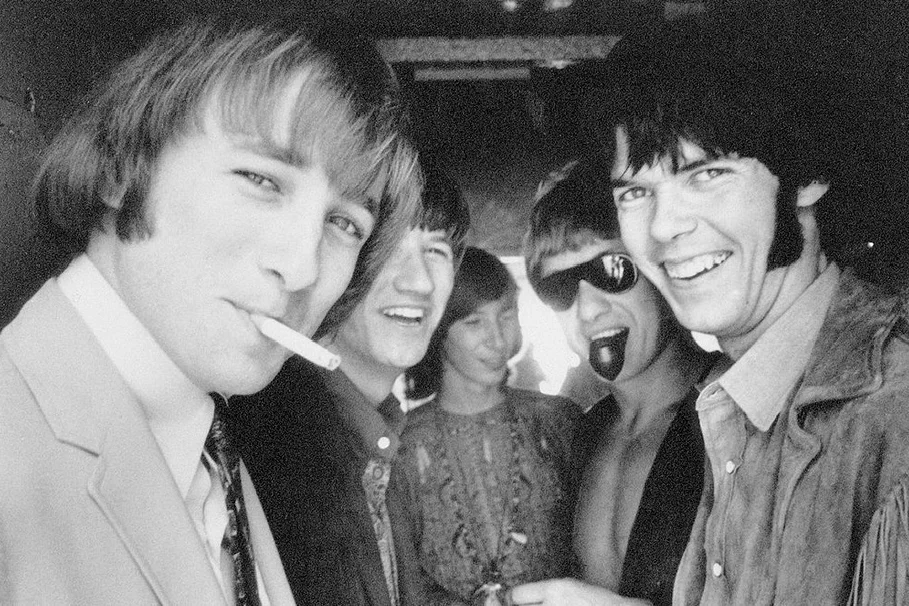
Written by Stephen Stills, “For What It’s Worth” (1966) became an anthem for the turbulent political climate of the ’60s. While the song addresses a specific incident involving the Sunset Strip curfew riots, its message of social unrest and protest felt universal. The simple yet profound lyrics, coupled with a haunting melody, gave the song a timeless quality, speaking to the frustrations of youth in any era.
What makes this track stand out, even today, is its ability to be reinterpreted for every generation of social movements. The way it captures a moment in time while still resonating with listeners today shows just how forward-thinking the song was. “For What It’s Worth” is more than just a protest song – it’s a snapshot of a shifting cultural landscape that still echoes through modern music and activism.
4. “Respect” – Aretha Franklin
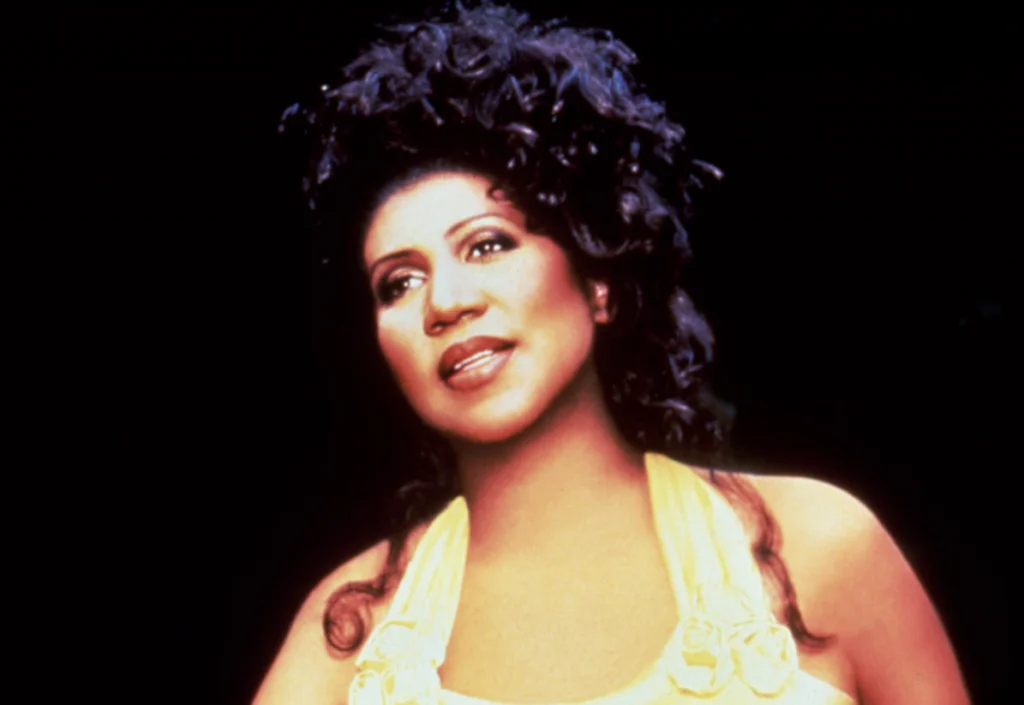
Originally written by Otis Redding, Aretha Franklin’s 1967 version of “Respect” became a rallying cry for both the civil rights and feminist movements. Franklin’s powerful, soul-stirring rendition redefined the song, making it a statement of empowerment, self-respect, and independence. Her vocal delivery, filled with passion and conviction, turned the track into more than just a song – it became a cultural milestone.
The impact of “Respect” extends far beyond its original release. Over the years, it has remained an anthem of self-empowerment and remains relevant to this day, with artists from various genres continuing to draw inspiration from Franklin’s interpretation. The message of the song, combined with its irresistible groove, proved that it was a forward-thinking masterpiece, one that would stand the test of time.
5. “The Sound of Silence” – Simon & Garfunkel
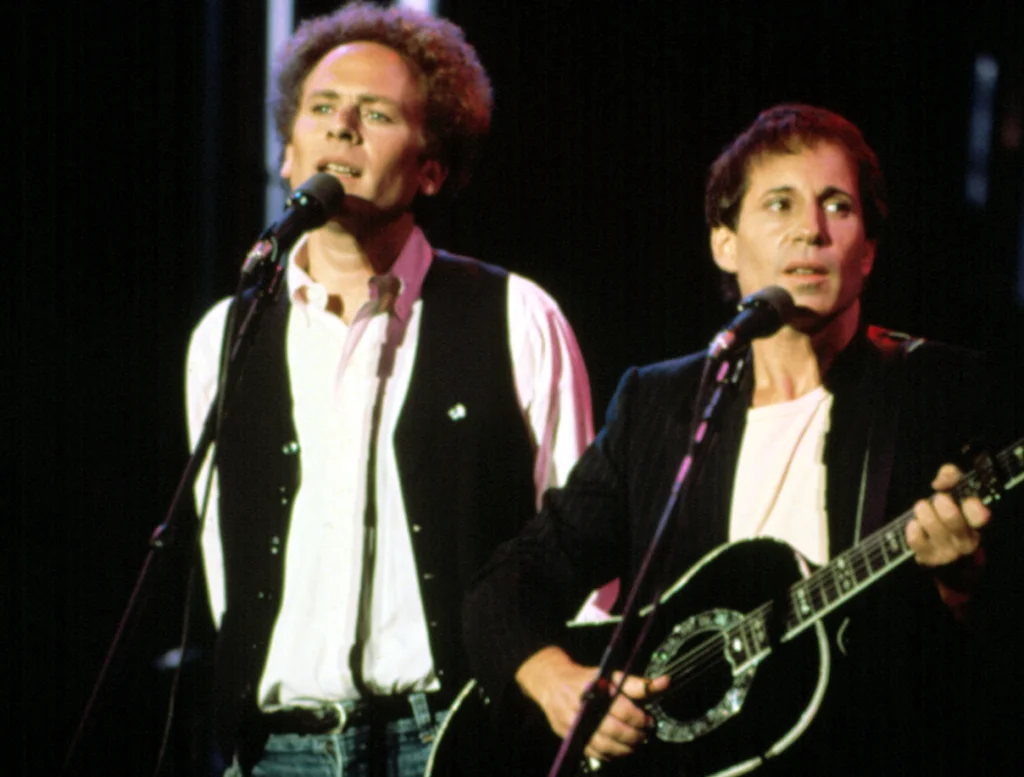
Released in 1964, “The Sound of Silence” is a song that’s deceptively simple yet deeply profound. The track’s introspective lyrics, paired with its haunting melody, captured the growing sense of isolation and disconnection felt by many during the social upheavals of the ’60s. The way Simon & Garfunkel layered their harmonies and utilized silence as a part of the arrangement added a unique depth to the song.
What makes “The Sound of Silence” feel so ahead of its time is how it has continued to resonate across generations. Its themes of communication, alienation, and introspection are just as relevant today as they were when it was first released. The song’s sparse yet haunting arrangement and its thought-provoking lyrics make it one of the most forward-thinking tracks of the ’60s.
6. “White Rabbit” – Jefferson Airplane
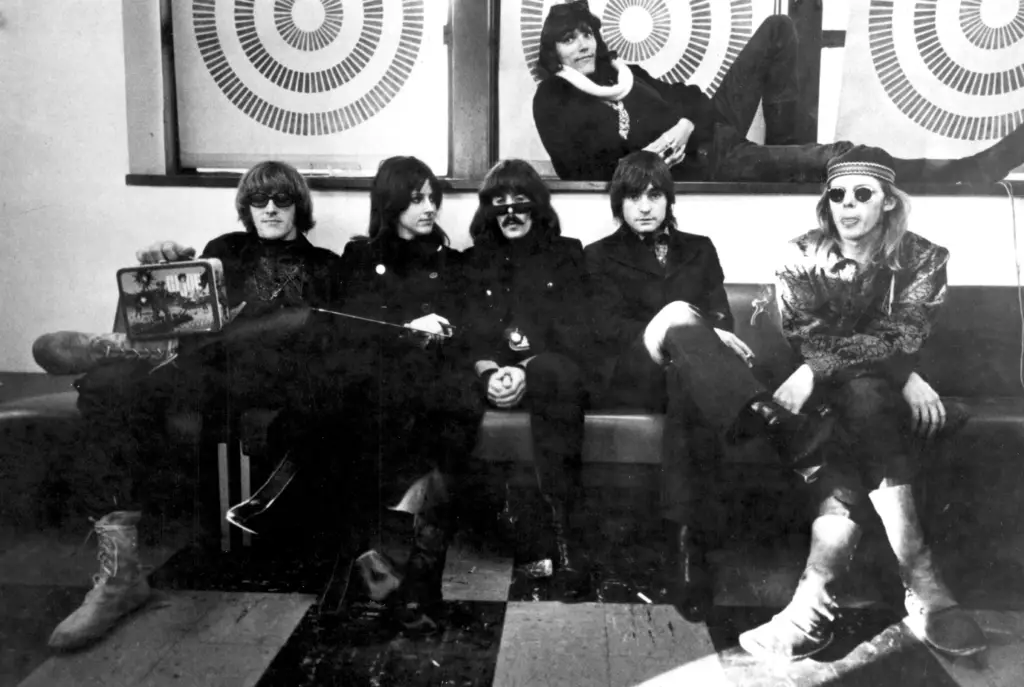
Released in 1967, Jefferson Airplane’s “White Rabbit” remains one of the most iconic songs of the psychedelic rock era. With its hypnotic rhythm and surreal lyrics, the track drew inspiration from Lewis Carroll’s Alice’s Adventures in Wonderland to explore themes of mind expansion and counterculture. The boldness of the song, both in its content and in its production, made it stand out as a pioneering force in the world of psychedelic music.
The influence of “White Rabbit” is still evident today, especially in the music of alternative and psychedelic bands. Its ability to blend literary references with a powerful, dreamlike musical landscape made it a harbinger of a new musical era. The song’s unique sound and visionary approach to music composition proved that it was far ahead of its time and continues to captivate listeners long after its release.


